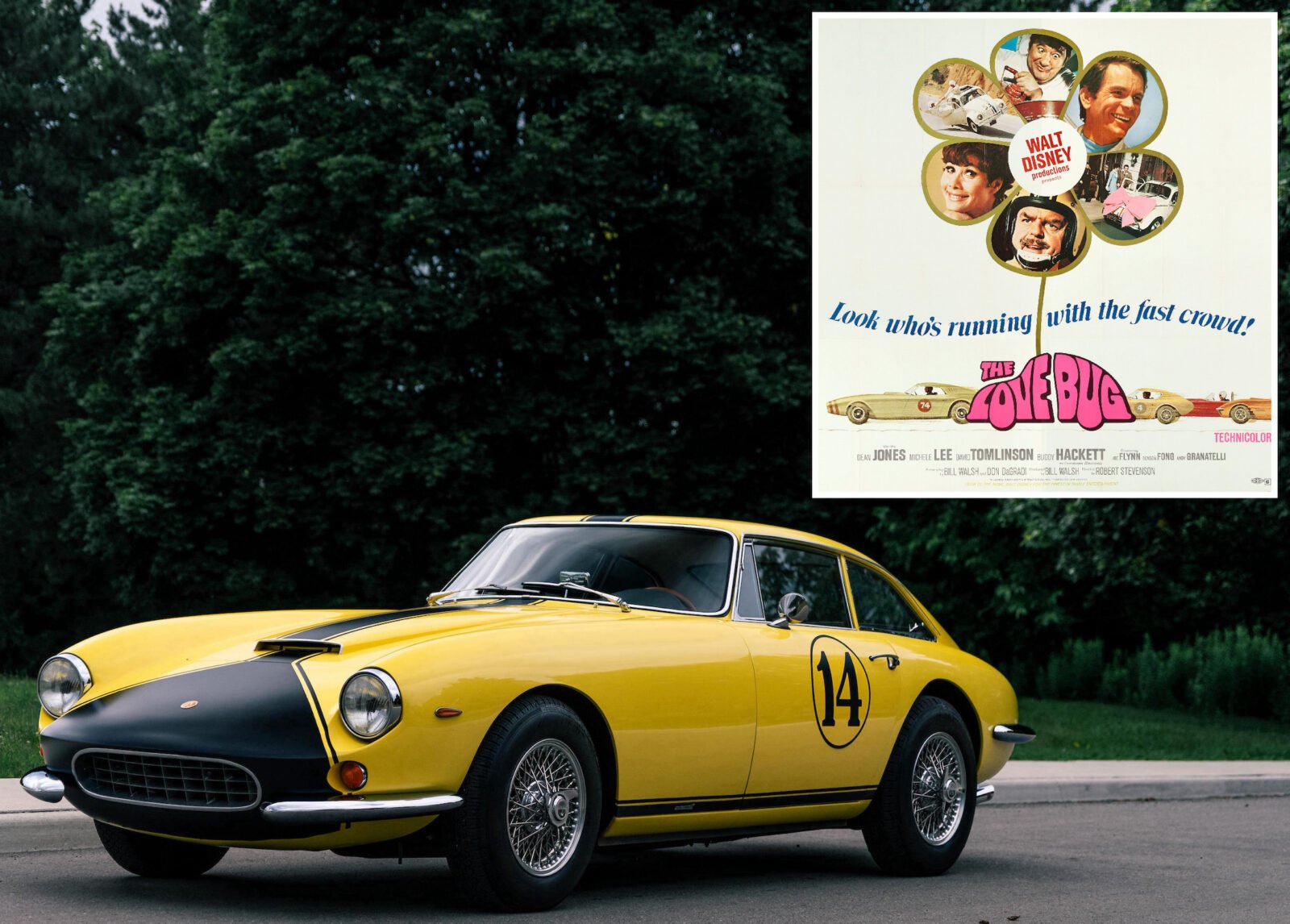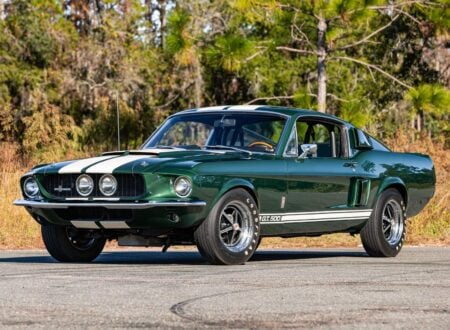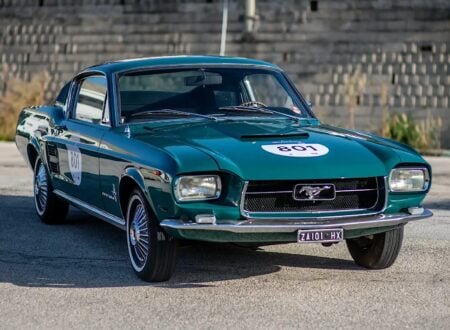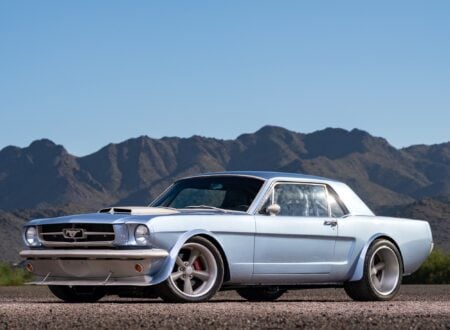The Thorndyke Special is a car that’s been seen by countless millions, usually children watching the movie in which it debuted – “Herbie: The Love Bug.” Most didn’t know that the car was actually a rare American-Italian creation called the Apollo GT.
The Apollo GT was created by an American engineer named Milt Brown who wanted to create an American answer to the fast, elegant European GT cars of the 1960s. The chassis was designed by Brown, the bodies were built in Italy and finished in the USA before being sold. Just 88 are believed to have been built between 1962 and 1964.
Fast Facts – The Apollo GT “Thorndyke Special”
- The “Thorndyke Special” was a central figure in the first Herbie film, titled “The Love Bug,” which first appeared in cinemas in 1968. The Thorndyke Special was actually an Apollo GT, a rare Italian-American GT car that had been given a unique black over yellow paint job.
- It’s known that legendary race car builder and Hollywood movie car preparation expert Max Balchowsky had built two Apollo GTs into matching Thorndyke Specials for use in the film. One was cut up for filming different angles and so this meant that only one remained. The problem was that no one knew where it had ended up.
- Years later in 2004 a person restoring an Apollo GT realized it was the last Thorndyke Special, the damage to the car matched that from the film, and it was still showing signs of the original yellow paint despite its rundown condition.
- The car has now been restored back to Thorndyke Special condition just as it appeared in the film, and it’s due to roll across the auction block with Bonhams at The Quail on the 18th of August with a price guide of $175,000 – $250,000 USD.
The Apollo GT
In the early 1960s there was a young American engineer named Milt Brown who had long wanted to create an American GT car to truly challenge the best GTs coming out of Europe, cars like the Aston Martin DB4GT, the Ferrari 250 GT series, and the Jaguar E-Type.
Above Video: This is a trailer for the first Herbie film, The Love Bug, which first hit cinemas in 1968 and became a global box office hit. It was subsequently followed by a number of other Herbie films. In the trailer you’ll see the Thorndyke Special a number of times battling against Herbie and often playing dirty tricks.
Milt had designed an advanced chassis with coil sprung suspension on all four corners, the engine was mounted as far back as possible for optimal weight distribution, and the driver’s seat was positioned almost back to the rear axle line. With a strict focus on weight and handling, he had chosen the lightweight 215 cubic inch all-alloy Buick V8.
The Buick 215 V8 was only kept in production between 1961 and 1963 but it would go on to have a remarkably long production life as the Rover V8. British automaker Rover had licensed the engine design from Buick, they returned it to production as the Rover V8 and it remained in production until 2006.
The popularity of the engine was largely down to two linked factors, it was very lightweight and it had excellent horsepower and torque output for its mass. This is why Milt Brown chose it for his Apollo 3500GT, a car that’s still winning new fans today thanks to its beautifully balanced handling.
Once he had the chassis and running gear designed Milt had his friend Ron Plescia design a sleek new body for the car, he then set off to Europe to find a coachbuilder who could build the bodies for the fledgling company. As luck would have it, Milt met Intermeccanica founder Frank Reisner at the 1960 Monaco Grand Prix, and Frank was exactly the right man to take on coachbuilding duties.
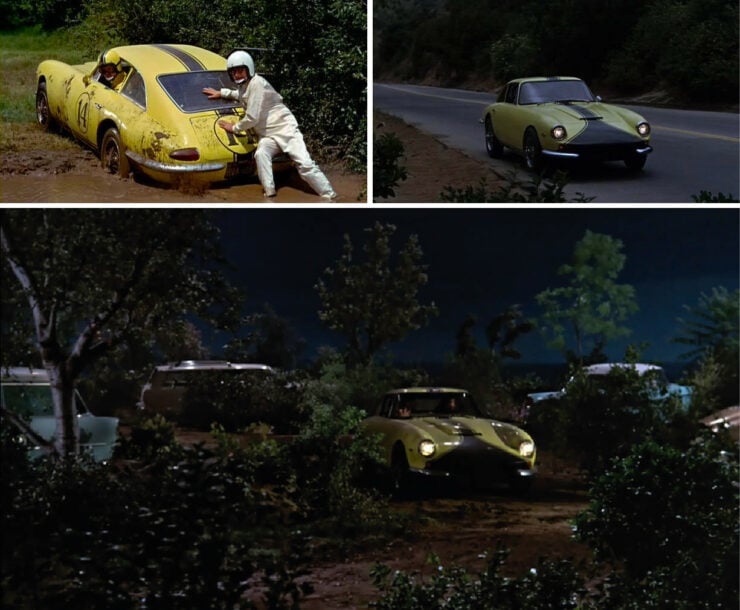

Frank had some minor design changes applied to the body by former Bertone stylist Franco Scaglione, he then had his metalworkers produce an all-alloy body in his workshop, which was shipped to Milt Brown in the United States to be fitted to the chassis.
During the Apollo GT series production, a total of 88 cars were manufactured, both convertibles and coupes using two main engines – the Buick 215 cubic inch (3.5 liter) all-alloy engine in the 3500GT, or the Buick 300 cubic inch (5.0 liter) V8 featuring an iron block and alloy heads in the 5000GT. The engine you got typically depended on when you ordered, with later year cars getting the larger, heavier Buick 300.
Maintaining production for a low-volume car came with its fair share of challenges, and the Apollo GT faced the added complexity of an international supply chain. The company was operational from 1962 to 1965, with efforts made to continue the cars’ production via other avenues for a brief period, one of them being a limited production run as the Vetta Ventura in the mid-1960s.
It’s not known exactly how many Apollos remain today, they slowly gaining in popularity in classic car circles however, as more and more discover their unique history.
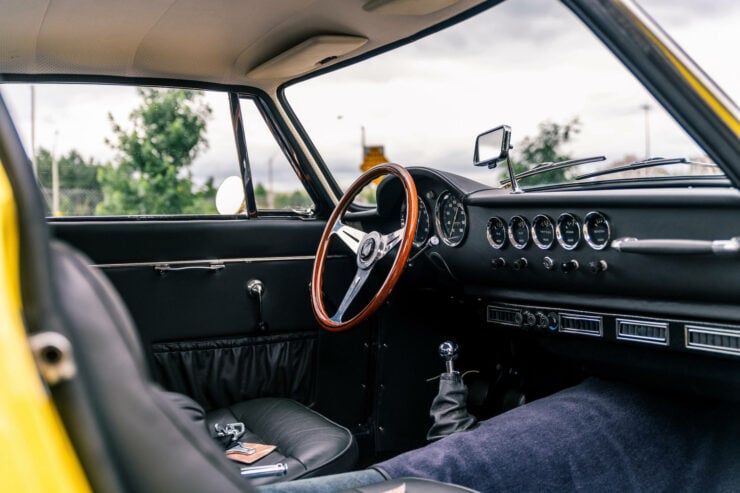

The Apollo GT “Thorndyke Special” Shown Here
The car you see here is undoubtably the most famous Apollo GT ever made, as you will have read in the introduction, it’s the only surviving Thorndyke Special from the two that were made for the first Herbie movie, “The Love Bug” released in 1968.
The cars were procured and prepared by Max Balchowsky of Hollywood Motors, a legendary race car designer and builder, and in later years a highly-regarded preparer of movie cars for Hollywood – including cars for both Herbie and Bullitt.
The Thorndyke Special was the quintessential movie villain’s car in The Love Bug, it was piloted by the evil Peter Thorndyke (played by the wonderful David Tomlinson), and the car was fitted with every dirty trick in the book to beat Herbie on track – including a deployable oil slick that could be sprayed out the rear to make the cars behind crash.
Both of the Thorndyke Special Apollo GTs were prepared identically, with bright yellow paint with a black stripe down the middle that starts wide at the grille. There are black stripes added to both sides of the car lower down, and the racing number 14 is carried front and back.
One of the cars was cut up for filming different angles, and the other disappeared for decades, no one knew where it was, who owned, it, or if it still existed at all.
This all changed in 2004 when a new Apollo GT owner, who had bought a car in a terrible dilapidated state to restore it, began to notice quite a bit of accident damage to the body of the yellow car. After asking around and being pointed in the Herbie direction the true history of the car began to take shape.
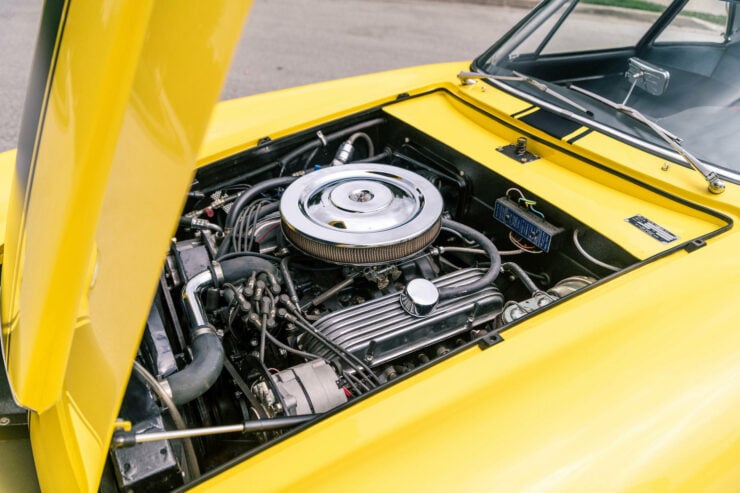

He watched and rewatched the film, pausing it whenever the Thorndyke Special was hit in a racing scene, and a pattern began to emerge. The damage from the film perfectly matched the damage to the yellow Apollo GT sitting out in his garage – he realized he had bought the Thorndyke Special without even knowing it.
The car has now been fully restored back to proper Thorndyke Special condition and it’s now due to be offered for sale by Bonhams at The Quail on the 18th of August with a price guide of $175,000 – $250,000 USD. If you’d like to read more about it or register to bid you can visit the listing here.
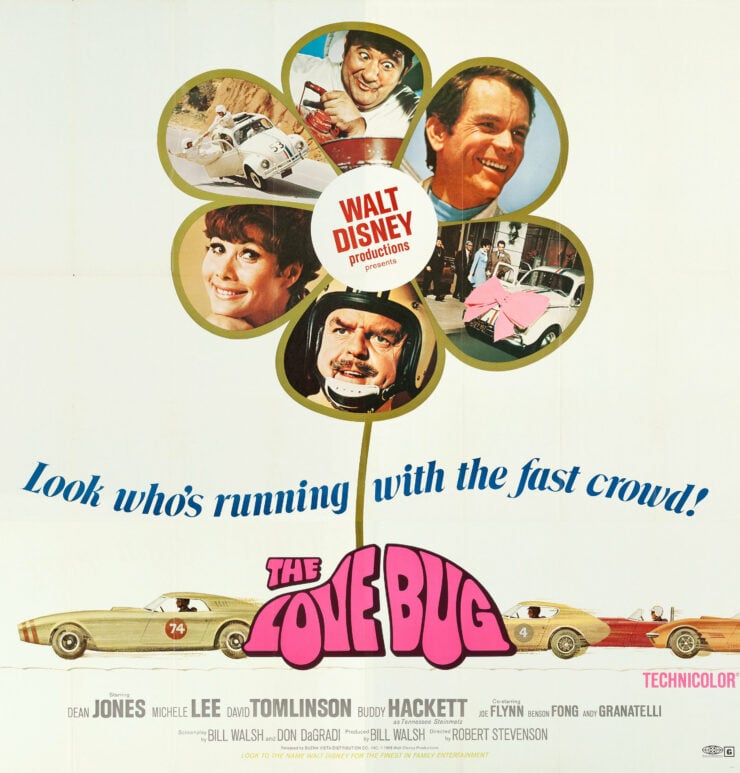
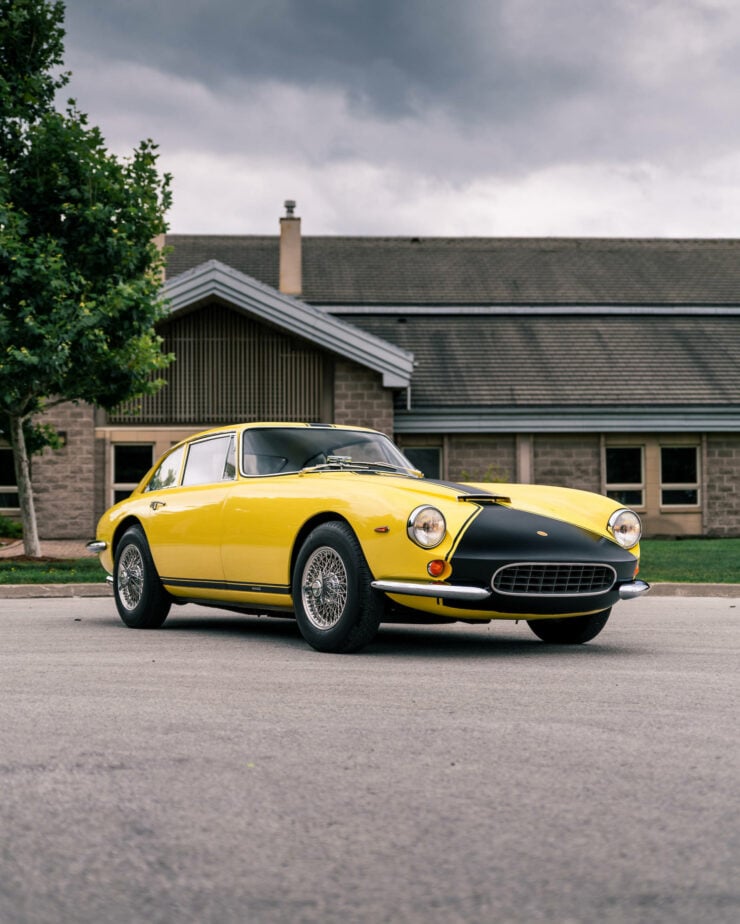
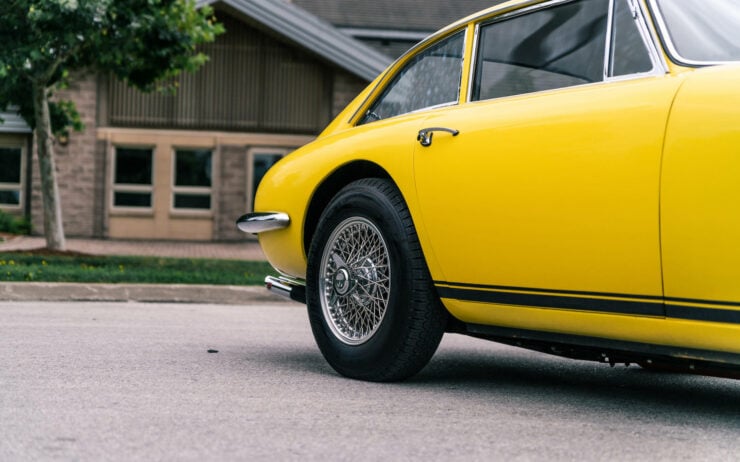
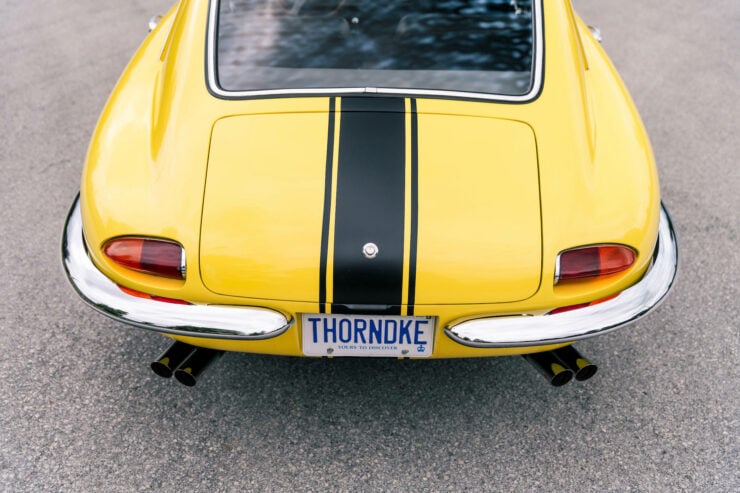
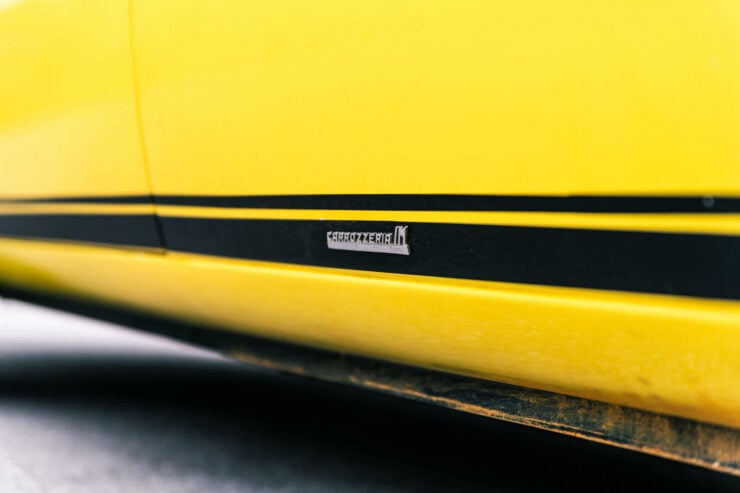
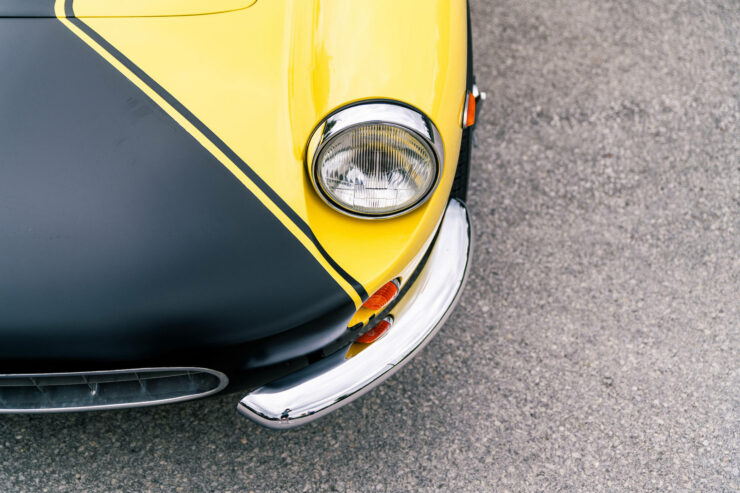
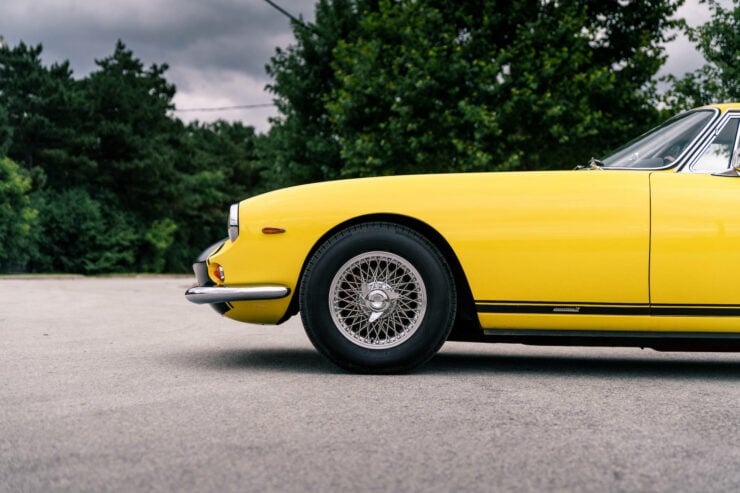
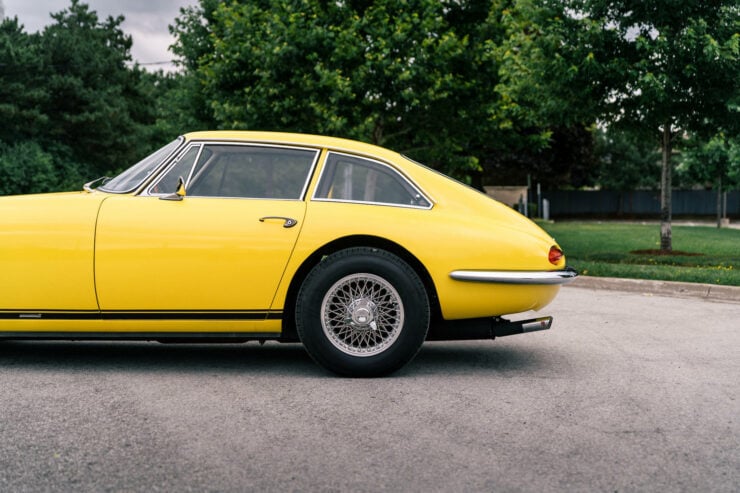
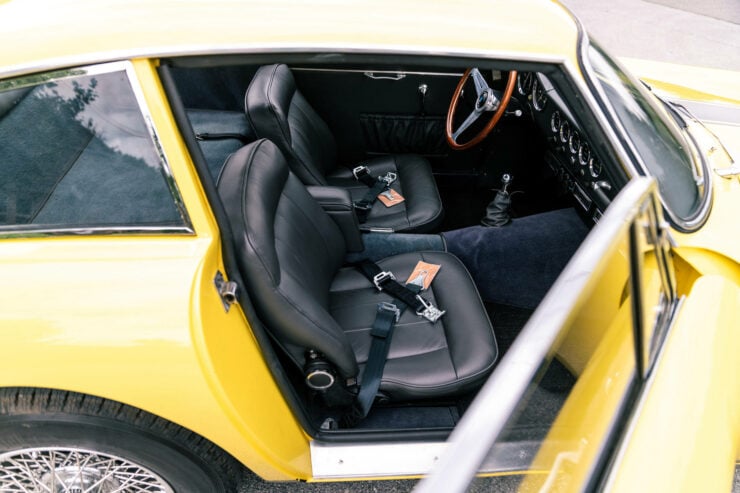
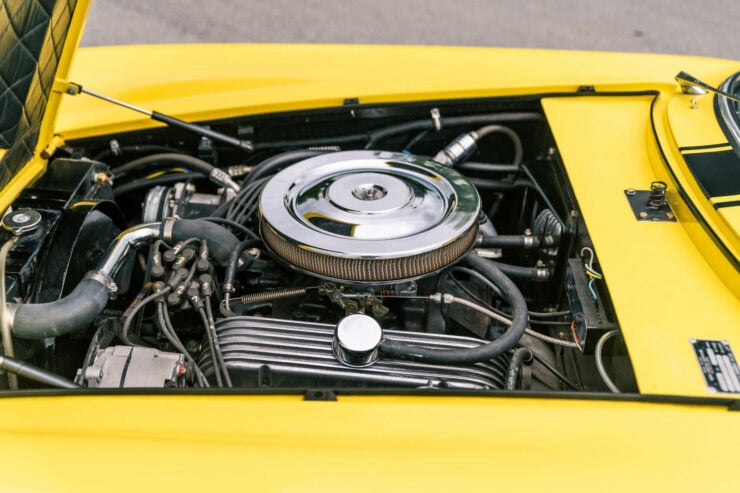
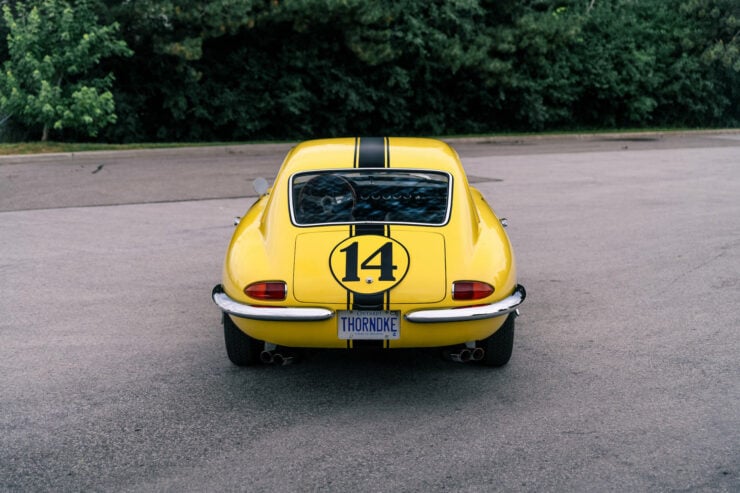
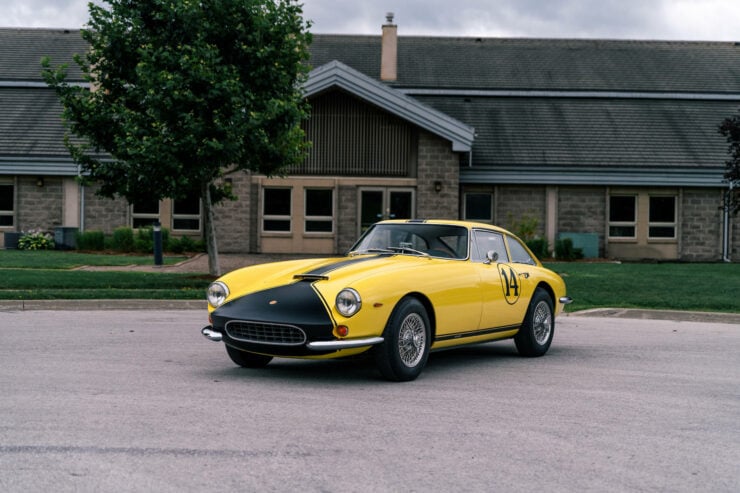
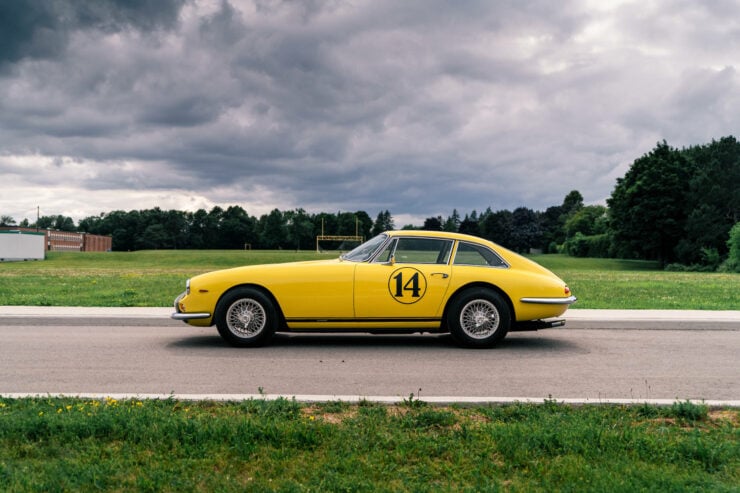

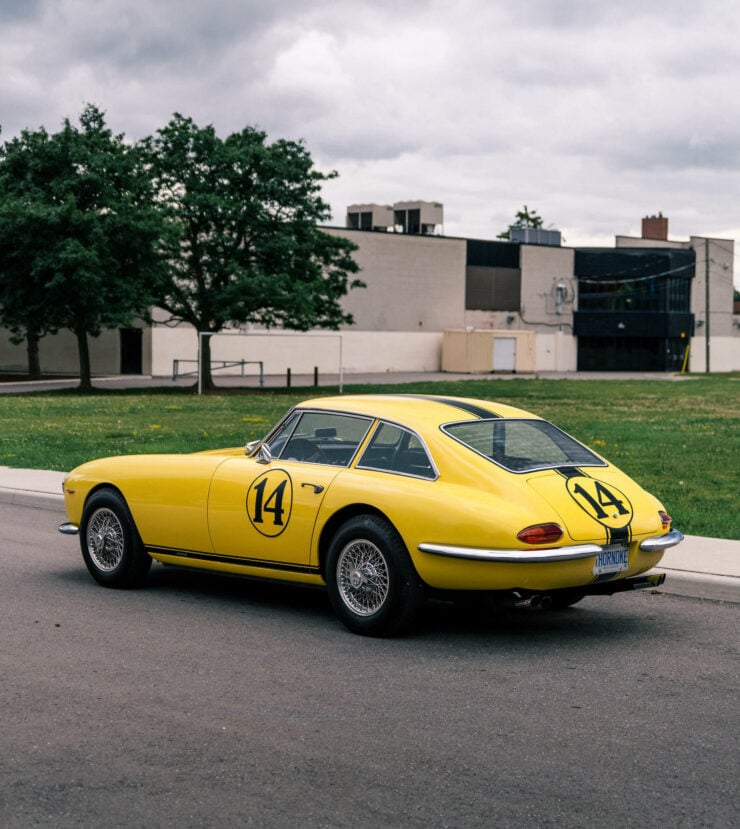
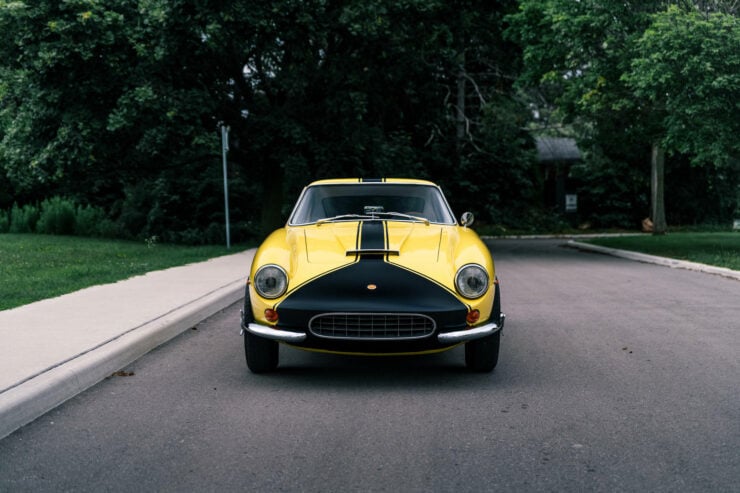
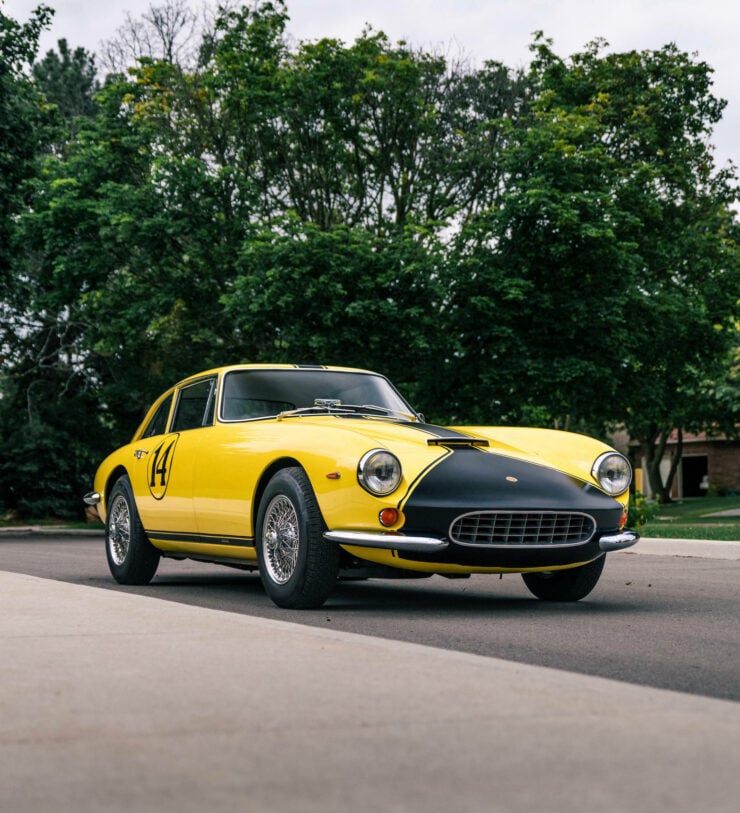
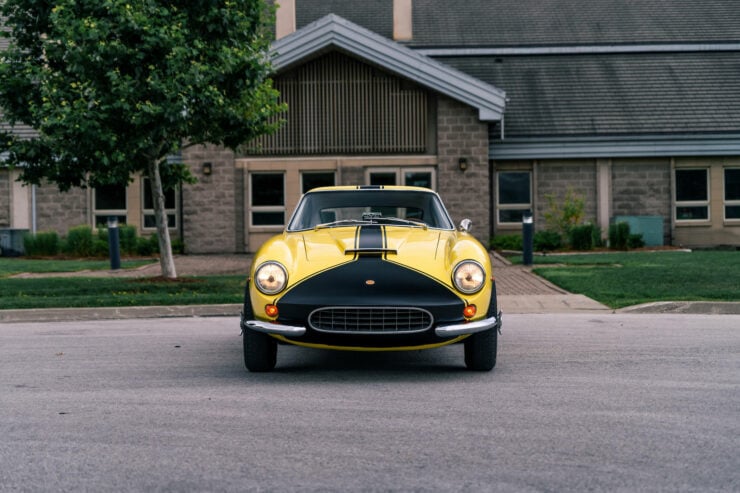
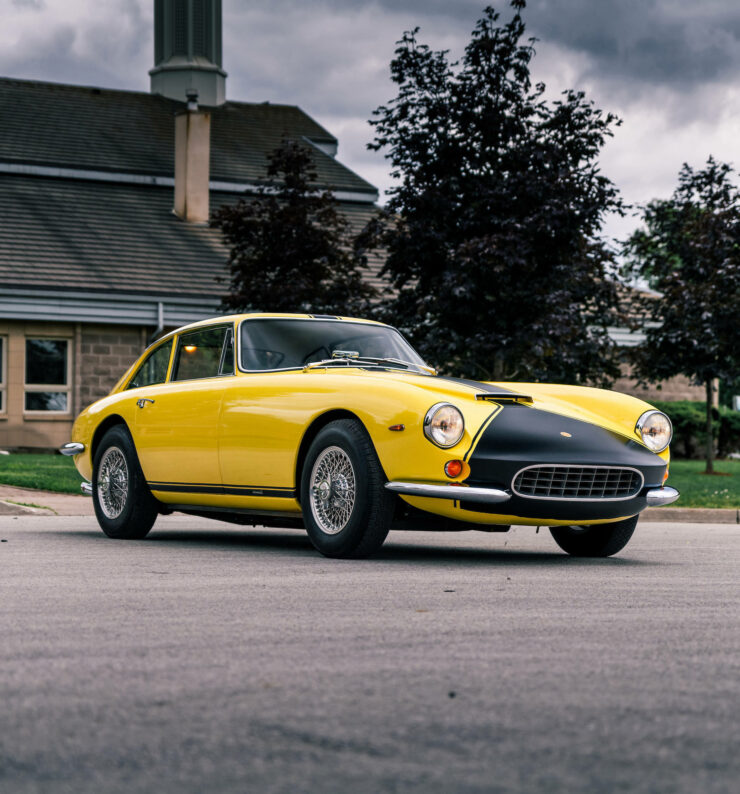
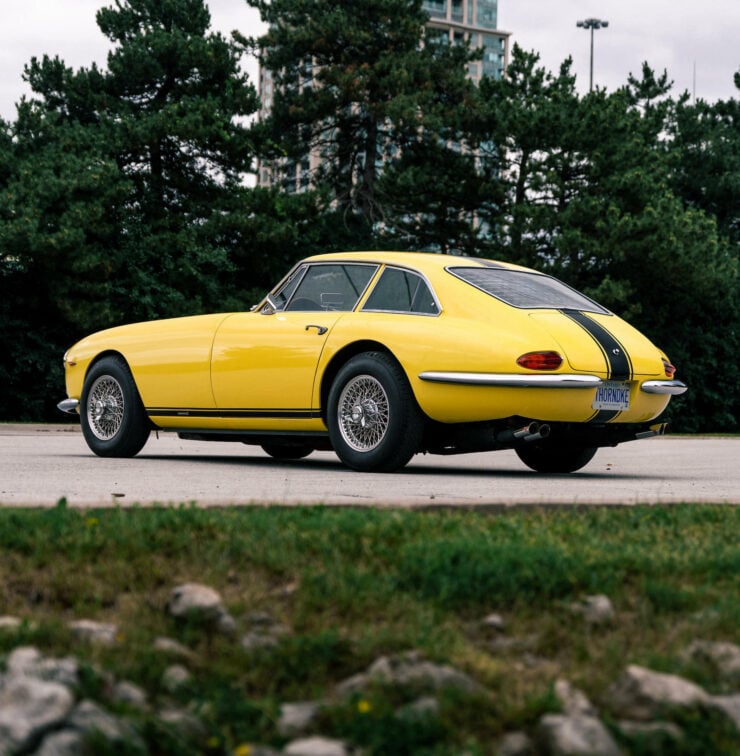
Images courtesy of Bonhams

